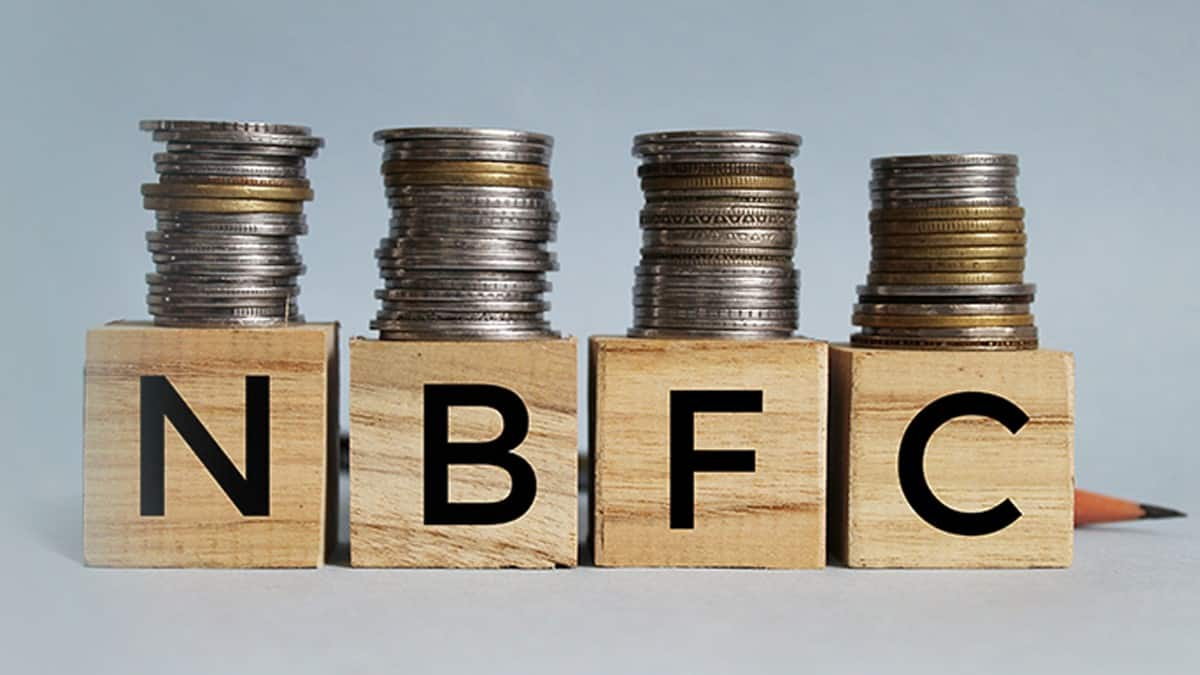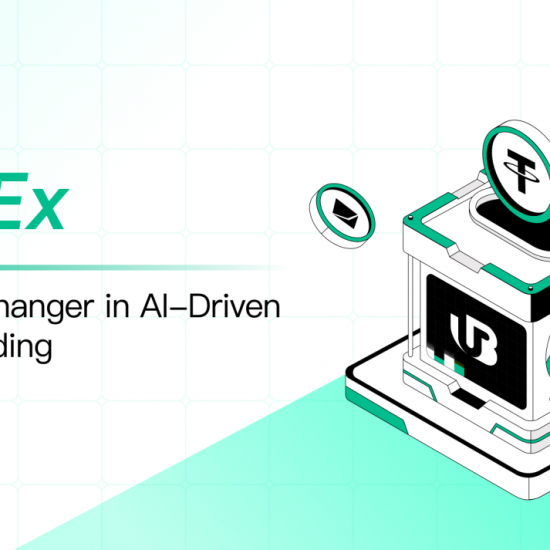
MUMBAI: The Reserve Bank of India’s (RBI) move on Thursday to increase risk weight on banks and non-banking finance companies’ (NBFCs) unsecured personal loan and credit card portfolio would likely hit the capital adequacy ratio (CRAR) of NBFCs more against that of banks, experts say.
According to a report by Jefferies, country’s largest NBFC Bajaj Finance will likely witness a 220 basis points (bps) moderation in its capital position as of September end, whereas SBI Cards would see its capital ratio moderating by 402 bps. Cyrus Poonawala promoted Poonawala Fincorp also expects an impact of around 220 bps in its capital adequacy ratio due to the RBI’s diktat.
Banks including SBI, Punjab National Bank, HDFC Bank, ICICI Bank, Canara Bank, Axis Bank, Indian Bank, among others, will likely see between 18 bps-80 bps, with IDFC First Bank getting impacted the most–80 bps.
A source at SBI Cards told FE that this was a positive move by the RBI to ensure “prudent growth” in unsecured lending and confirmed that the directive would lead to a 400-bps compression in SBI Cards’ CRAR. “As of now, we are well capitalized and well above the regulatory guideline of 15%. If required, we will augment tier 2 capital. There is no need for us to raise equity. We are a profitable company, and our profits are sufficient to fund growth,” the source said.
Shriram Finance Vice-Chairman Umesh Revankar told FE that the NBFC will likely see between 20 bps-30 bps moderation in CRAR and that the growth in personal loan section would likely fall. “RBI does not want consumer loans to grow fast, and they have achieved their purpose. We have a small portfolio of personal loans, and such loans account for only 4% of overall loan book,” he said.
Revankar said there are other smaller NBFCs who are dependent on banks for on-lending personal loans and such entities will be impacted the most. “I think RBI was mindful of some of the NBFCs using banks’ balance sheet for on lending, especially digital lenders. The RBI wants to reduce that as it wants loans to be extended for productive purpose not consumption purpose,” he said.
Kapish Jain, Group CFO at IIFL Finance, said the NBFC’s loan book largely consists of housing, loans against property, gold and microfinance loans and therefore it does not expect major impact on its capital ratios. According to Jefferies, IIFL Finance’s CRAR may moderate by 62 bps.
A senior official at Union Bank of India told FE that personal loans and bank loans to NBFCs will now get costlier by a minimum of 25 bps due to increased risk weights. The central bank hiked risk weight for bank lending towards consumer credit, including personal loans, from 100% to 125%; NBFCs’ consumer loans from 100% to 125%; credit card receivables risk weight from 125% to 150% and for NBFCs’ credit card receivable, from 100% to 125%.
For bank lending to NBFCs, the risk weight was increased by 25% over and above the risk weight associated with the given external rating in all cases where the risk weight as per external rating of NBFCs is below 100%.
The source from SBI Cards quoted above said the increase in risk weight on NBFC lending by banks may lead to increase in cost of borrowings for the industry but as SBI Card is a AAA-rated company, it has enough sources and diversified lender base to manage the impact.
“We do not foresee significant impact on our cost of funds during this financial year. It may increase marginally in absolute terms on an annualized basis,” the source said, adding that the dikakt would “in fact open opportunities for good quality customer acquisition.”
Jain from IIFL Finance shared similar thoughts. He said that interest rates are presently at the peak of their cycle. He said that IIFL Finance can also opt for external commercial borrowing (ECB) and foreign currency denominated overseas debt market, to lower borrowing cost.
The official from Union Bank also said that despite robust credit demand, credit growth would moderate due to higher cost of credit.
Source: The Financial Express
The post NBFCs To Face More Heat Than Banks first appeared on Latest India news, analysis and reports on IPA Newspack.







